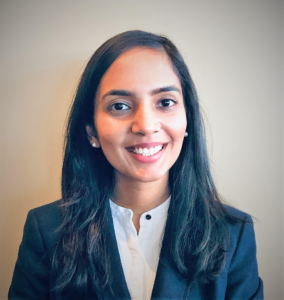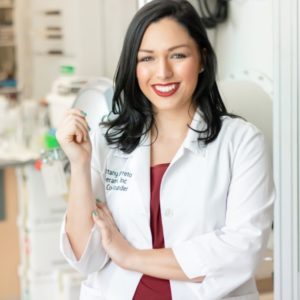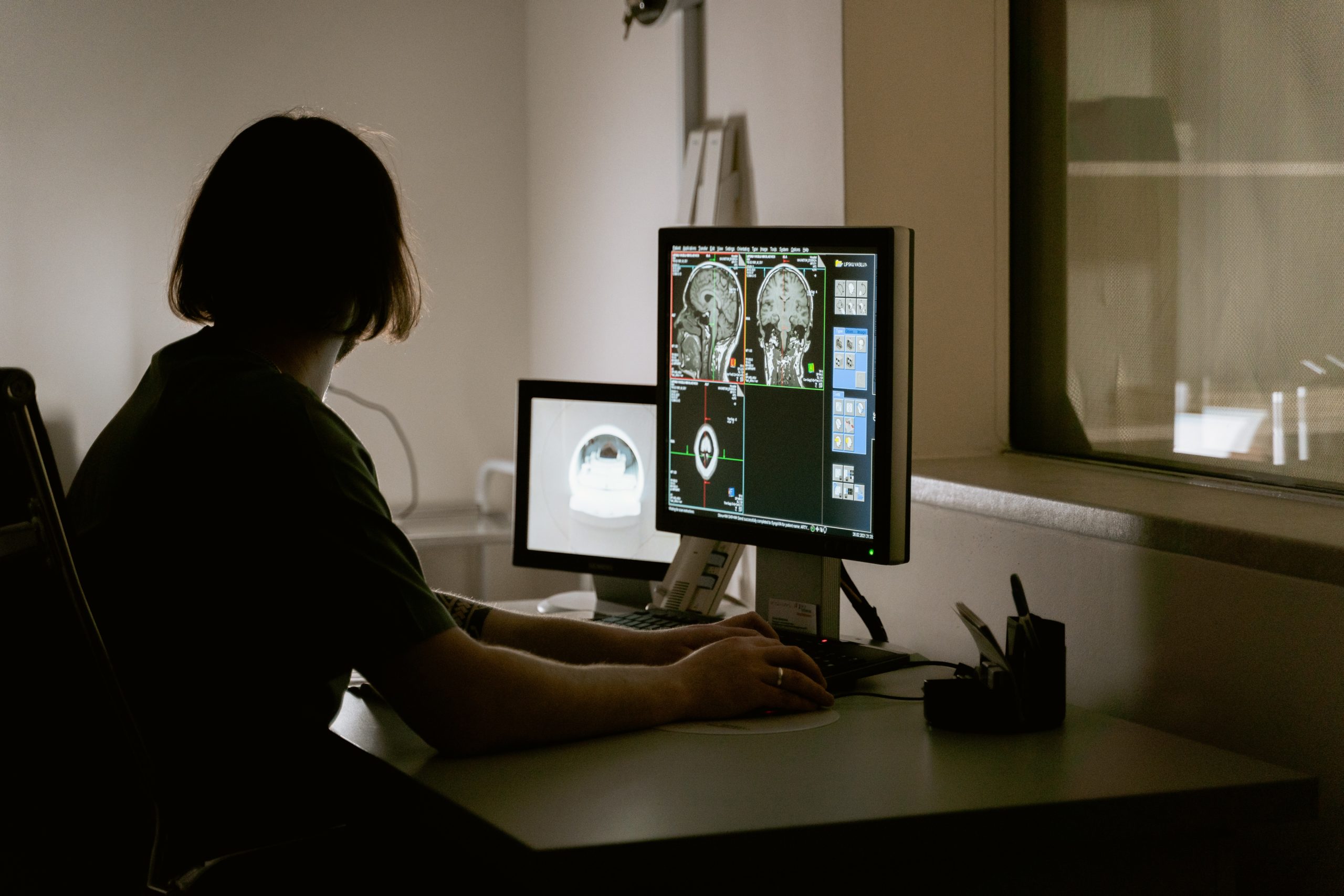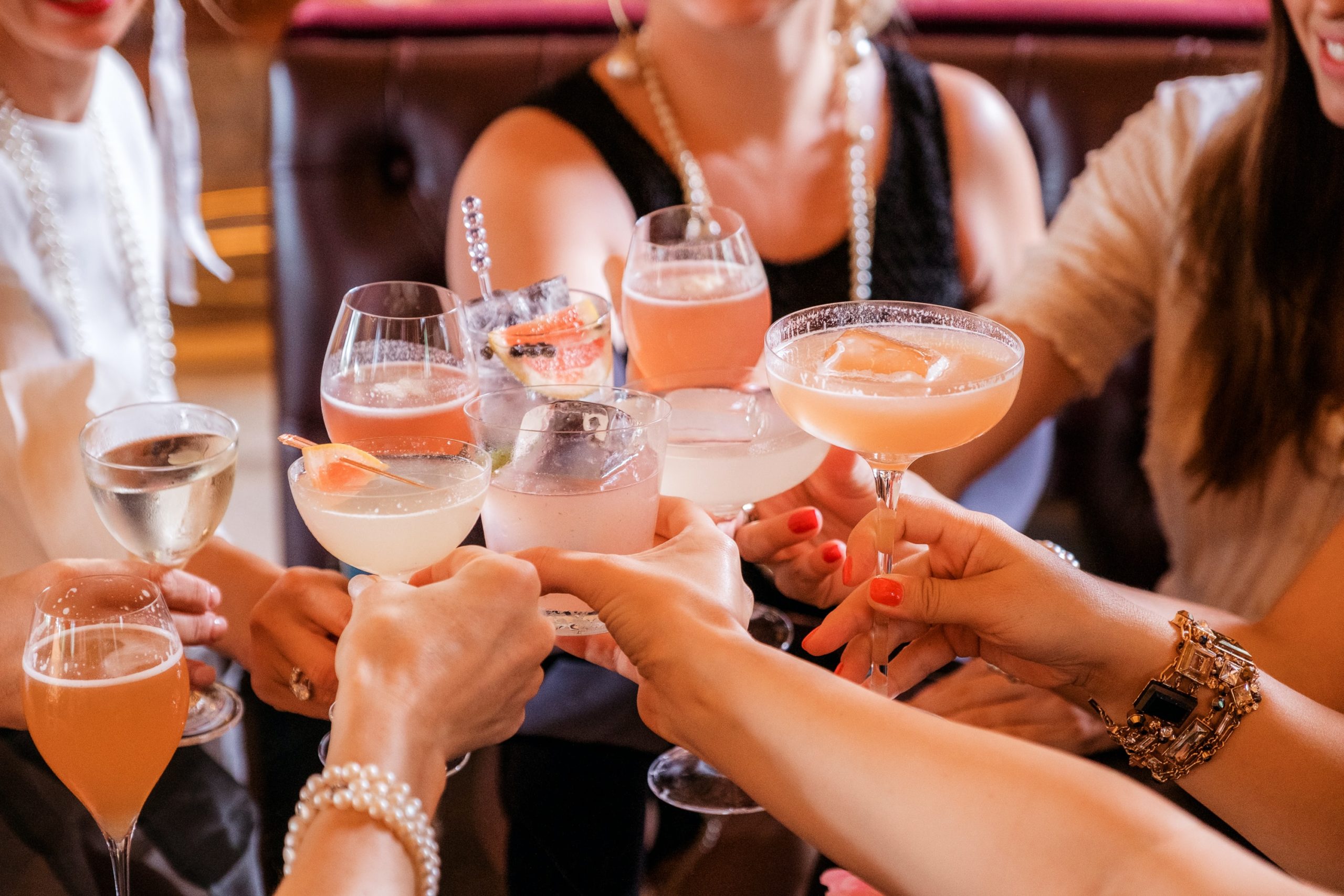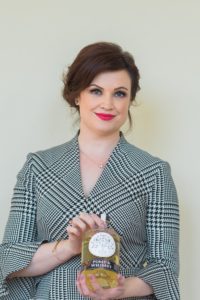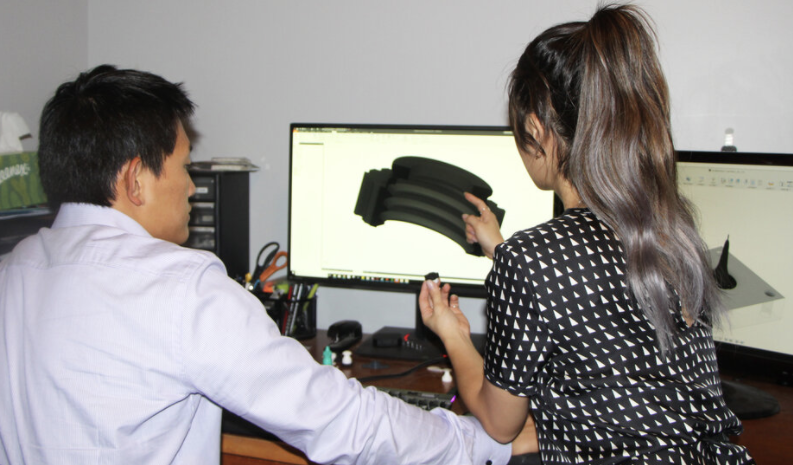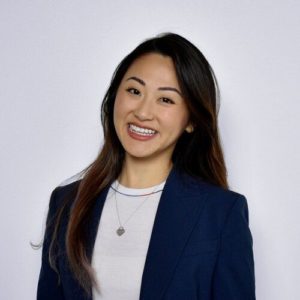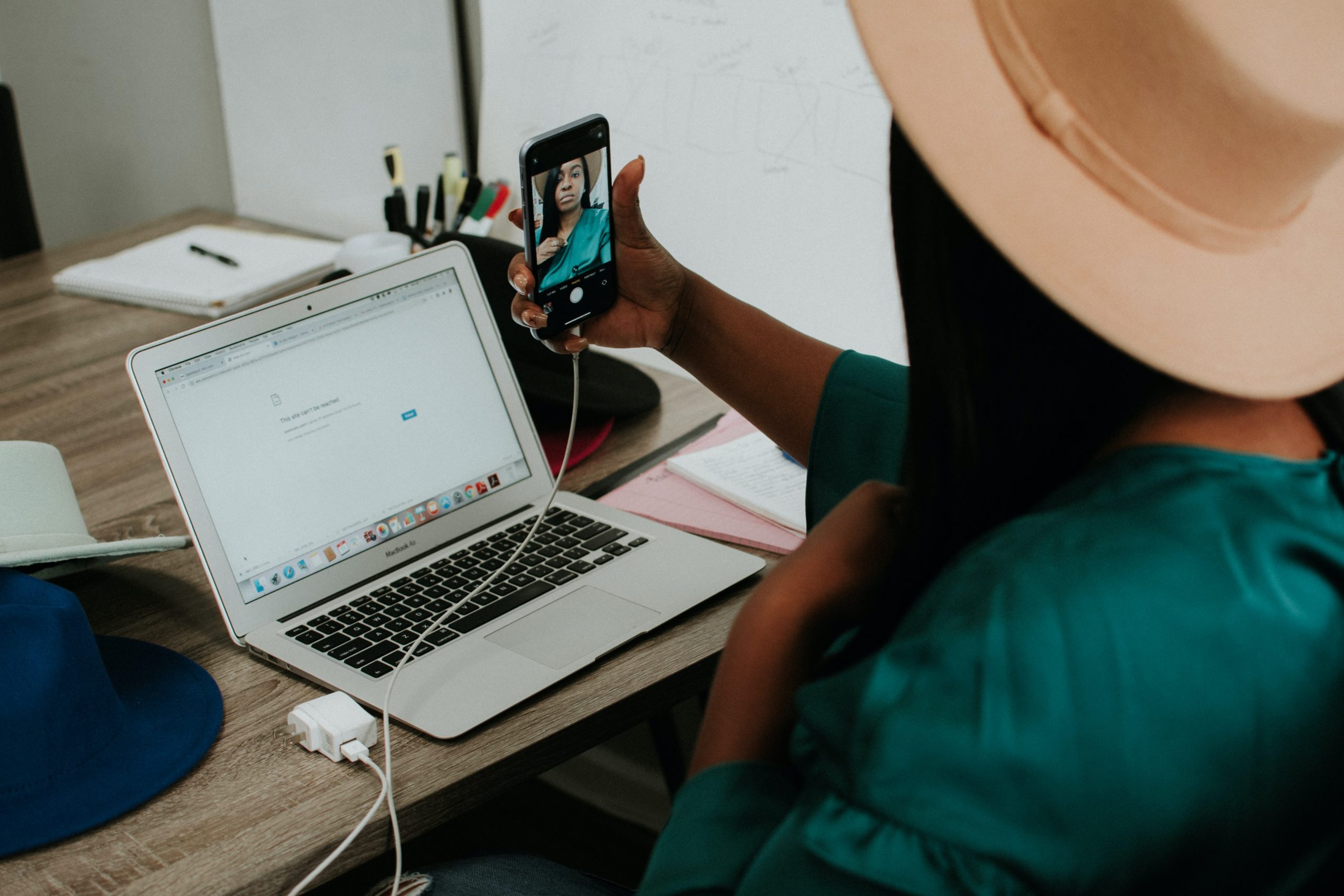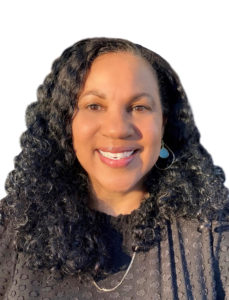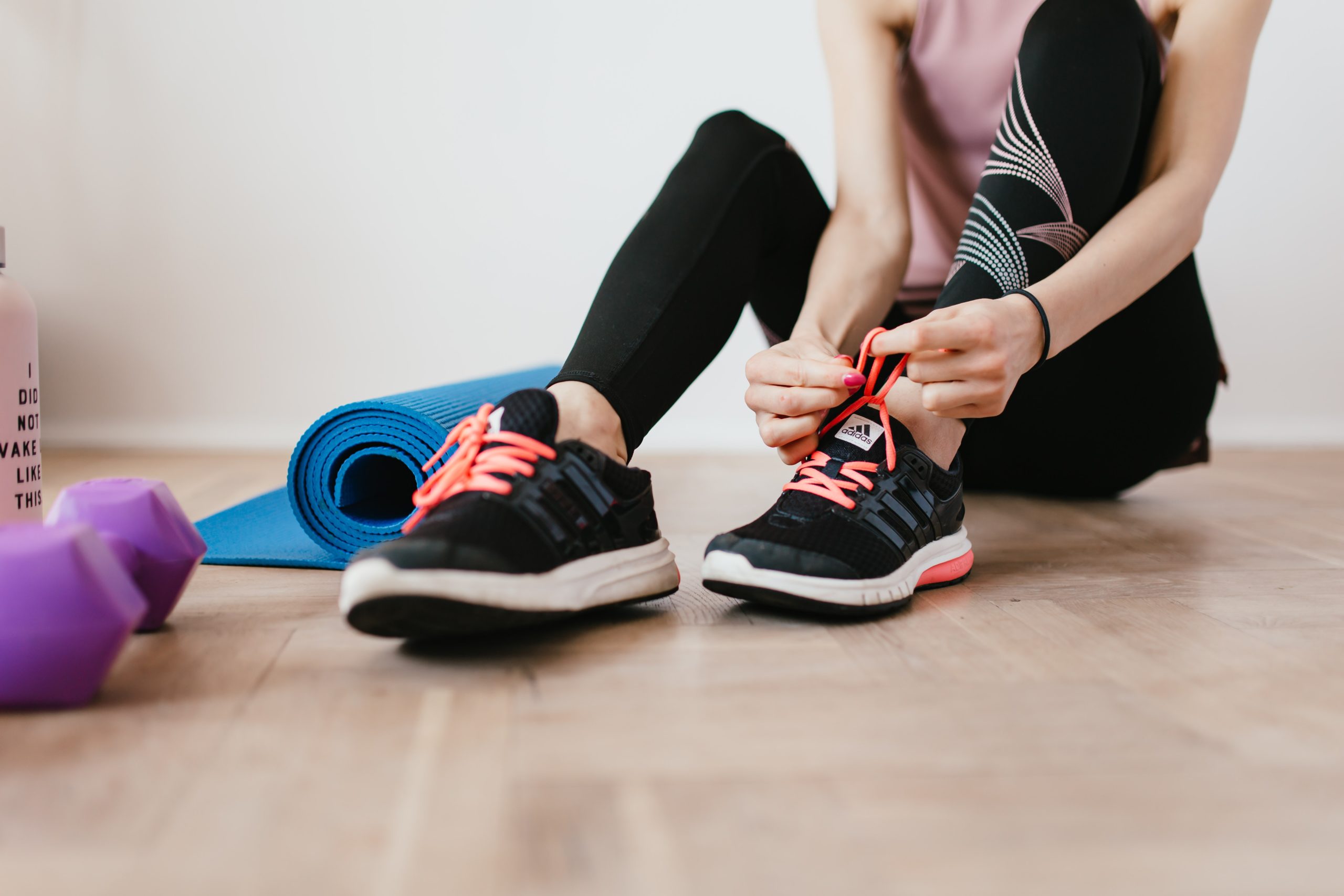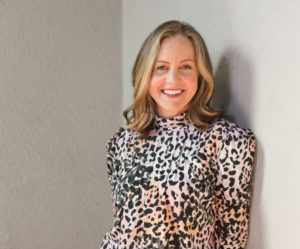
Caitlyn Krebs has proven her commitment to making a difference within the emerging CBD market. With more than two decades as an entrepreneur in the healthcare and biotech industries, Caitlyn has always been passionate about health and wellness. Her latest venture, and her sixth startup, is in the CBD space—a $5 billion market ripe for disruption. With two co-founders, Caitlyn started Nalu Bio to produce chemistry-based CBD in the lab. The result: a pure, safe, consistent alternative to hemp-based cannabis products and a potential replacement for opioids in the future. Caitlyn, Nalu Bio’s CEO, recently met with Golden Seeds Managing Director, leader of our Consumer Sector Group and Nalu Bio Deal Lead Carolyn Fikke to talk about the company’s impressive progress and its even more exciting prospects.
CF: Tell us about the origins of your company.
CK: I co-founded Nalu Bio with Phyllis Whiteley, an experienced executive with life sciences companies, and Randall Ussery, a venture capital professional whose father has multiple sclerosis. Randall’s dad started using CBD as an alternative to traditional therapeutics for his pain and tremors. Some days CBD worked well, but other times it didn’t. Randall realized that CBD didn’t have the purity and quality needed to be an effective, consistent treatment. He and Phyllis, whom I’ve known for years, uncovered that there isn’t much data and science behind CBD but it’s everywhere. They contacted me and said we’re looking at the CBD space to see why it isn’t being developed like a true pharmaceutical. We saw huge potential in the market and started working on it three years ago, then incorporated Nalu Bio in September 2019. Nalu is a Hawaiian word that means “wave,” or “go with the flow.” I grew up in Hawaii, where cannabis and CBD are well-known, so the name seemed very fitting.
CF: What market need are you solving, and how is your approach different from how others have addressed this need?
CK: Our goal is to create consistent, ultra-pure, sustainable cannabinoids through chemistry. CBD products on the market now are extracted from hemp, and two-thirds of them are mislabeled or impure. Many contain pesticides, heavy metals, chemicals, solvents, even THC, which is the psychoactive ingredient in the cannabis plant. We are creating pure, THC-free CBD with reliably consistent quality in a sustainable and significantly more cost-effective way than plant-based CBD.
We’re marketing it to consumer packaged goods companies for use in food, beverages, skincare, pain treatments and more. Similar to the process of creating aspirin and vitamins, we are replicating the CBD found in nature with an exact chemically equivalent product. We are very bullish on this market. CBD is a $5 billion industry today. One in four consumers uses CBD, in many cases for pain relief. Long-term, we see CBD as a therapeutic that can reduce or replace opioids in treating pain.
CF: What challenges have you encountered along the way? How have you overcome them?
CK: This is a new industry, and we’re a disruptor, which is always a challenge. CBD has been legal in the U.S. only since 2018, and many people are still unsure about it. The FDA doesn’t authorize CBD’s use in food and beverages, though several states do. We expect it will be a year or two until the FDA allows those uses, so the regulatory environment is kind of like the Wild West right now.
One of the biggest challenges is the stigma attached to the cannabis plant and CBD, which are often seen as vices. So we have to educate investors, partners and customers. We also have to overcome the lack of scientific data about CBD’s efficacy. Cannabis and CBD have been used for thousands of years, but there’s limited data about efficacy. We’re doing biological assays and animal studies to back it up with scientific data to prove the product’s efficacy. Chemistry-based CBD is exactly the same molecule as the hemp-based product but without the problems—devoid of harmful impurities, devoid of THC, and consistent from dose to dose.
CF: What’s coming up next for your company? Any big milestones on the horizon?
CK: We recently hit a major milestone when we transferred production from our R&D labs to contract manufacturers to begin scaling production. We expect to produce hundreds of kilos of CBD products by the end of the year. Another thing we’re excited about is our success in creating multiple new cannabinoid-based therapeutics which we’re putting into cellular and animal studies. Our plan is to take those therapeutics and partner with various pharmaceutical companies who will then use the ingredients in creating products addressing key health issues. By the middle of the year, we should have pre-clinical data to support the fact that these therapeutics will work better than natural cannabinoids. In addition, we have several letters of intent from companies interested in purchasing our CBD, to whom we expect to deliver commercial quantities early this year.
CF: What advice do you have for early-stage founders about raising money, growing a team, fostering company culture or other issues you’ve had to address?
CK: A year ago, I talked to investors who weren’t interested, possibly because they didn’t know enough about CBD or thought it was too risky. But I’ve kept in touch with them and fostered a relationship, sending them updates on our progress. Now they are interested. So my advice is: When someone says no, be persistent. They may not mean no forever. Update potential investors regularly as you execute on your milestones. Also, leverage your network of advisors to help you build your team. Our advisors have helped us hire the top people in our field, which has given us a lot of credibility.
I’d also tell other entrepreneurs: Believe in what you are doing and keep going. Nalu Bio’s mission is to improve the lives of people and provide better pain therapeutics for patients. The goal of replacing opioids with something safer and nonaddictive is what gets me up every day. It would be very meaningful if we can have some impact on the opioid crisis, no matter how small.
CF: Tell us about your experience with Golden Seeds. How has the Golden Seeds network been helpful to you?
CK: Like you, Carolyn, I went to Brown University, and a fellow alumnus introduced me to Golden Seeds. You and others on your deal team have been so helpful, mentoring me in everything from the pitch to the due diligence. Everyone has been very supportive, willing to make introductions to other angel groups and investors and leveraging their networks to help us build out our team. I’m hoping to be part of the investor network in the future so I can help other female entrepreneurs build successful businesses.
For more wisdom like this from other incredible female leaders, read more on Golden Seeds’ blog.



